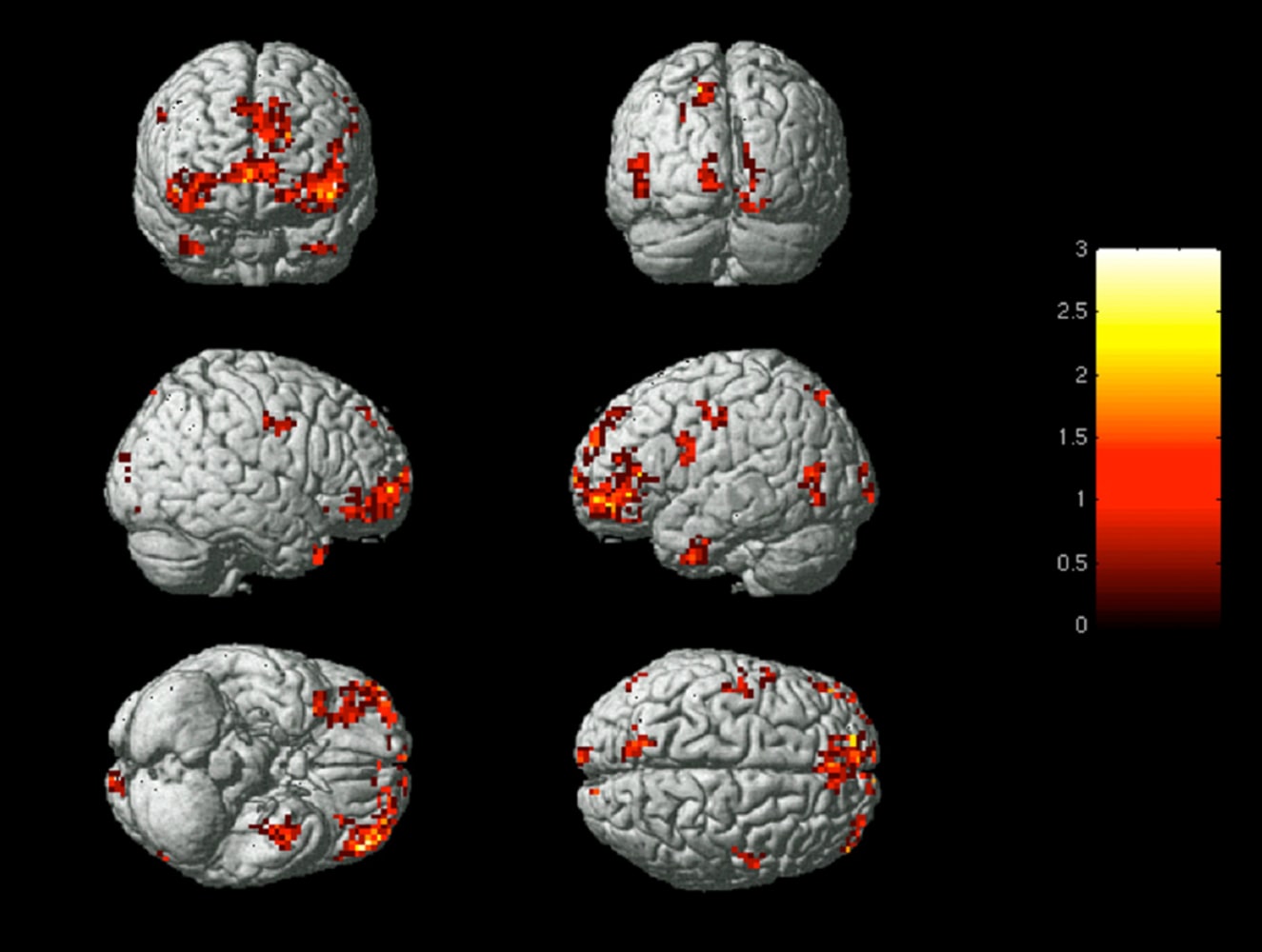Brain scanning techniques such as functional magnetic resonance imaging have been used to investigate brain regions that seem to be involved in producing the human experience of love

Brain scans reveal the biology behind the human experience of love


Love, a complex and deeply emotional experience, has captivated humans for centuries. While poets and philosophers have long pondered the mysteries of love, scientists have taken a step further to uncover its biological basis. Advances in brain scanning techniques, such as functional magnetic resonance imaging (fMRI), have allowed researchers to peer into the intricate workings of the brain and investigate the regions involved in creating the human experience of love.
Using fMRI, scientists can observe changes in blood flow and oxygenation within specific brain regions as test subjects engage in various mental and emotional tasks, including experiences of love. These scans provide valuable insights into the neurological underpinnings of love and offer a window into the workings of the human brain.
One of the brain regions of particular interest in the study of love is the ventral tegmental area (VTA). This small yet significant region is part of the brain’s reward system and is associated with pleasure and motivation. When individuals experience feelings of love, the VTA becomes activated, releasing dopamine, a neurotransmitter associated with pleasure and reward. This activation creates a rewarding and euphoric sensation, reinforcing the desire for connection and bonding.
Another brain region associated with the experience of love is the caudate nucleus. This area is involved in the brain’s reward and motivation system and plays a role in associated emotions, motivation, and learning. Studies have shown that the caudate nucleus is activated when individuals view images or think about loved ones, suggesting its involvement in processing love-related stimuli.
Furthermore, the prefrontal cortex, another crucial region of the brain, has been found to play a significant role in generating the human experience of love. This region is responsible for decision-making, social behavior, and regulating emotions. When individuals are in the early stages of romantic love, the prefrontal cortex shows heightened activation, indicating its involvement in the initial stages of attraction and infatuation.
The use of brain scanning techniques has also shed light on the distinction between feelings of romantic love and maternal love. Researchers have discovered that while the same brain regions may be involved in both types of love, there are noticeable differences. For instance, the activation of brain areas associated with reward is more prevalent in romantic love, while regions responsible for empathy and emotional regulation are more engaged in maternal love.
While brain scanning techniques have provided valuable insights into the biological basis of love, it is crucial to recognize that love is a multidimensional and complex phenomenon that encompasses various cultural and social factors. The scans offer a glimpse into the neural mechanisms that contribute to our experience of love, but they do not capture the entirety of this intricate emotion.
As researchers continue to delve deeper into the study of love using brain scanning techniques, their findings contribute to our understanding of the biological basis of love. However, it is important to remember that love, in all its manifestations, extends beyond the confines of a brain scan and continues to be a captivating force that inspires and moves us.
Tags
Share
Related Posts
Quick Links
Legal Stuff

